With transformer #AI protein #design and major advances in #DNA #synthesis, how do we deal with #biosecurity concerns?


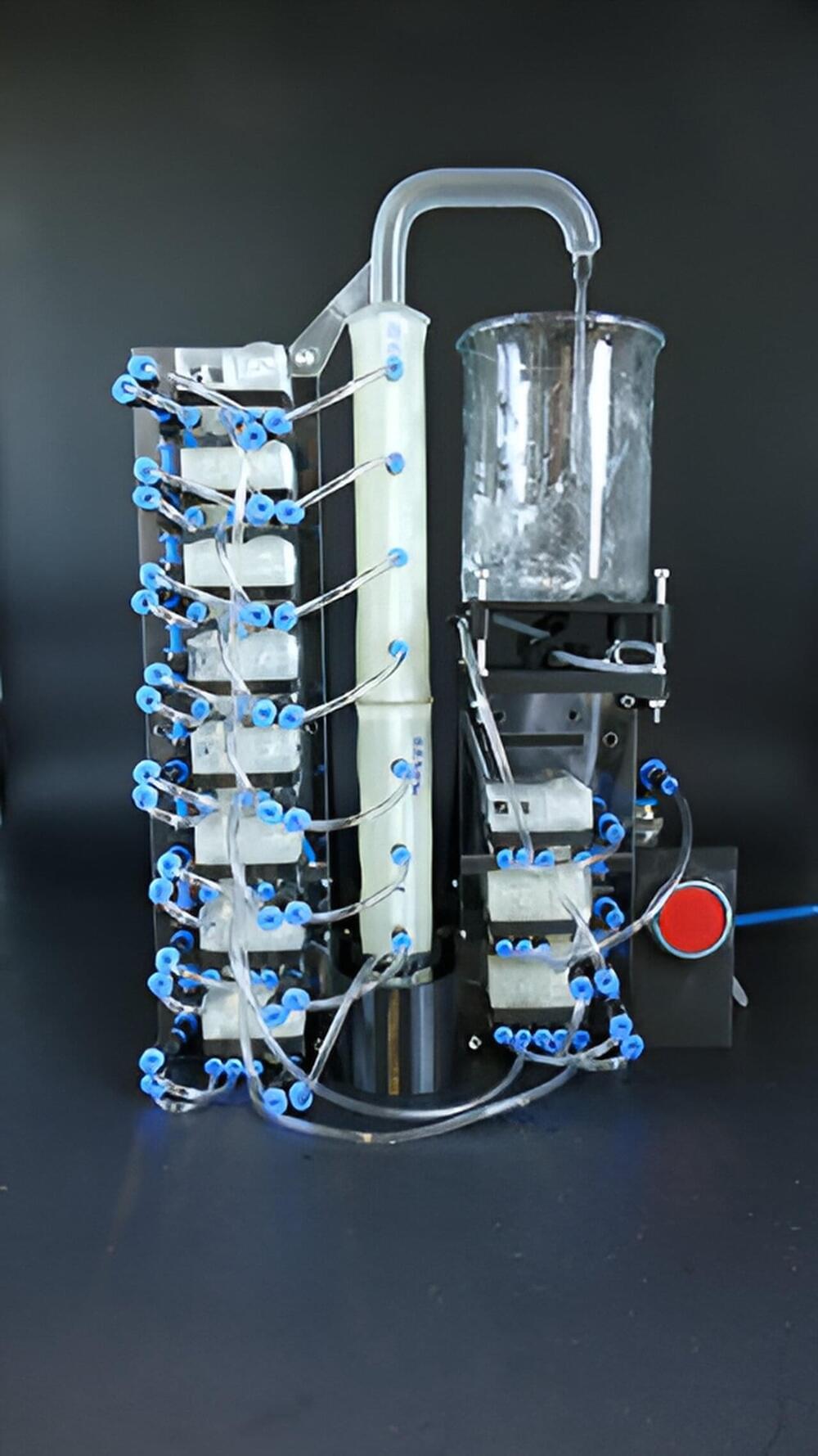
In the future, soft robots will be able to perform tasks that cannot be done by conventional robots. These soft robots could be used in terrain that is difficult to access and in environments where they are exposed to chemicals or radiation that would harm electronically controlled robots made of metal. This requires such soft robots to be controllable without any electronics, which is still a challenge in development.
A research team at the University of Freiburg has now developed 3D-printed pneumatic logic modules that control the movements of soft robots using air pressure alone. These modules enable logical switching of the air flow and can thus imitate electrical control.
The modules make it possible for the first time to produce flexible and electronics-free soft robots entirely in a 3D printer using conventional filament printing material.
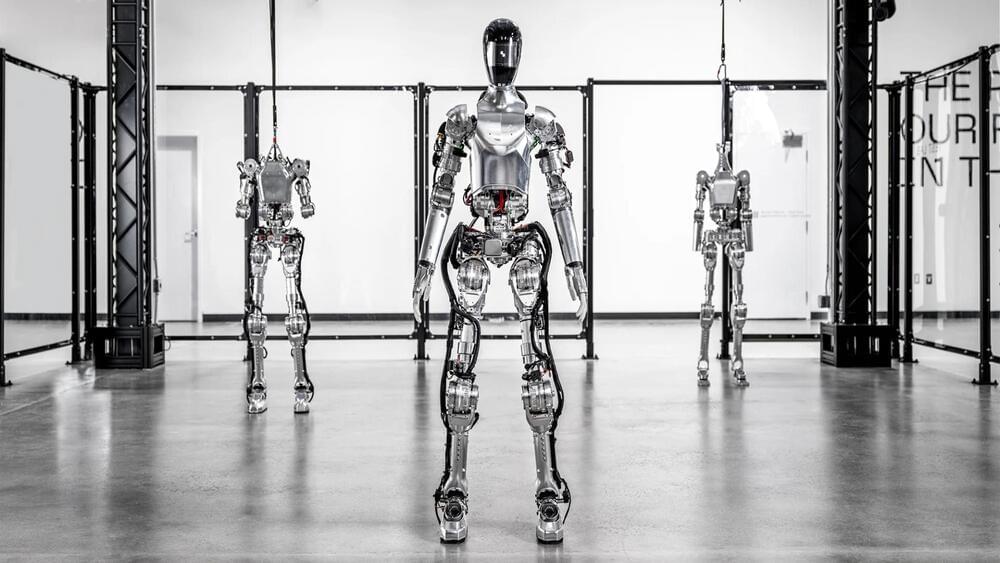
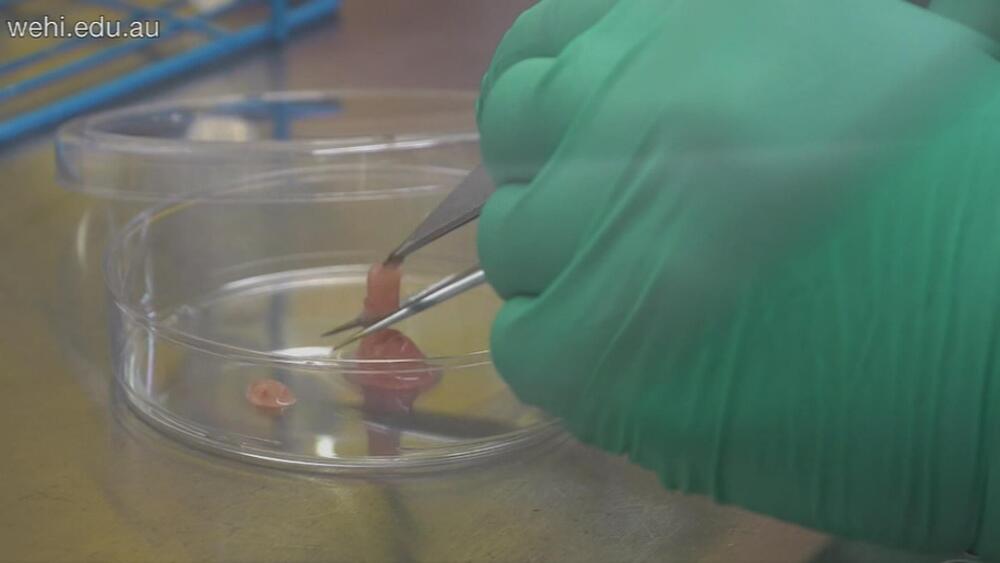
The organoids are the size of grain of sand and a special robot is used to screen which treatment kills off the tumour more effectively.
It helps take the guesswork out of treating advanced bowel cancer which can be difficult to beat.
“Each time you give a patient an ineffective treatment, you lose two to three months on something that won’t work,” Gibbs said.
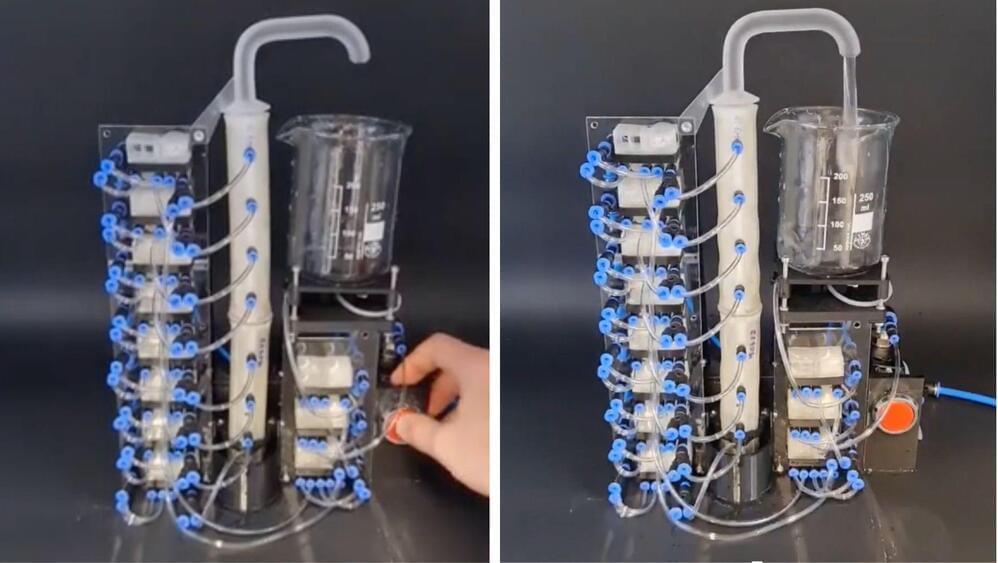
Researchers have developed an ingenious air-powered soft valve circuit system devoid of electronics, showcasing its utility in a drink dispenser and its durability as a car drives over it.
The 3D-printed valve system showcases how well soft devices without electronics can work, even when facing challenges that could turn off regular robots.
According to reseachers at the University of Freiburg, its integration into everyday applications heralds a new era in robust and adaptable robotics. Soft circuit devices, which are flexible and don’t use metal, can handle damage much better than those with delicate electronics. They can survive being crushed or exposed to harsh chemicals without breaking.
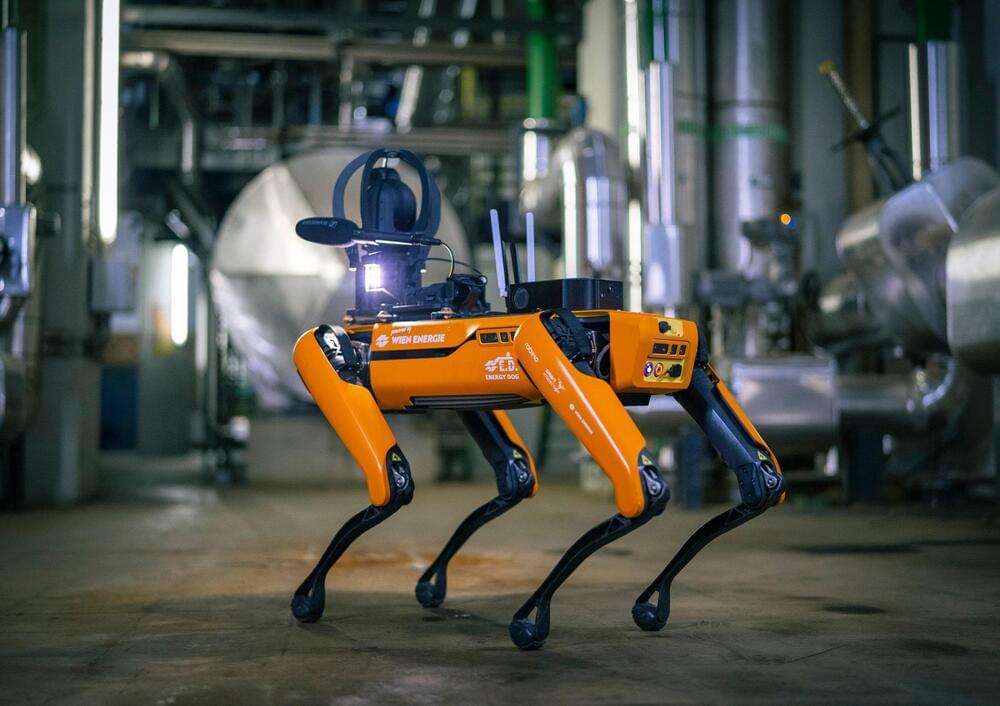
Since 2022, Spot from Boston Dynamics has been performing inspections at the Simmering power plant. It is the first quadruped robot used in Europe for routine power plant operations, reporting technical faults autonomously. Equipped with numerous sensor payloads, Spot helps to ensure the energy supply to more than 800,000 households in Vienna. Employees at the power plant operator Wien Energie affectionately call Spot “Energy Dog”
The task: Optimizing maintenance and safety at the Simmering power plant
Simmering is Austria’s largest power plant and generates electrical energy and district heating from various primary energy sources such as natural gas and biomass. The power plant is operated by Wien Energie and supplies over 800,000 households and 7,000 business customers with electricity, achieving an efficiency of 81 percent. With more than a hundred-year history, Simmering is not only one of Austria’s largest power plants, but among the oldest.
Pop artist Grimes has teamed up with Silicon Valley startup Curio to create a stuffed toy rocket that can understand and talk to kids, using the same AI technology powering ChatGPT.
The background: In April, X user Roon tweeted a prediction that “every last thing in the future will be animated with intelligence,” including children’s teddy bears. The post caught the eye of Grimes, who has three children with X owner Elon Musk.
“This would be great if safe,” Grimes, who was born Claire Boucher, wrote in a reply to Roon’s tweet. “Parenting is so hard, I’d love if my kids were hanging out w smthn equivalent to a culture ship mind in a teddy bear haha that’s prob too much to ask…”
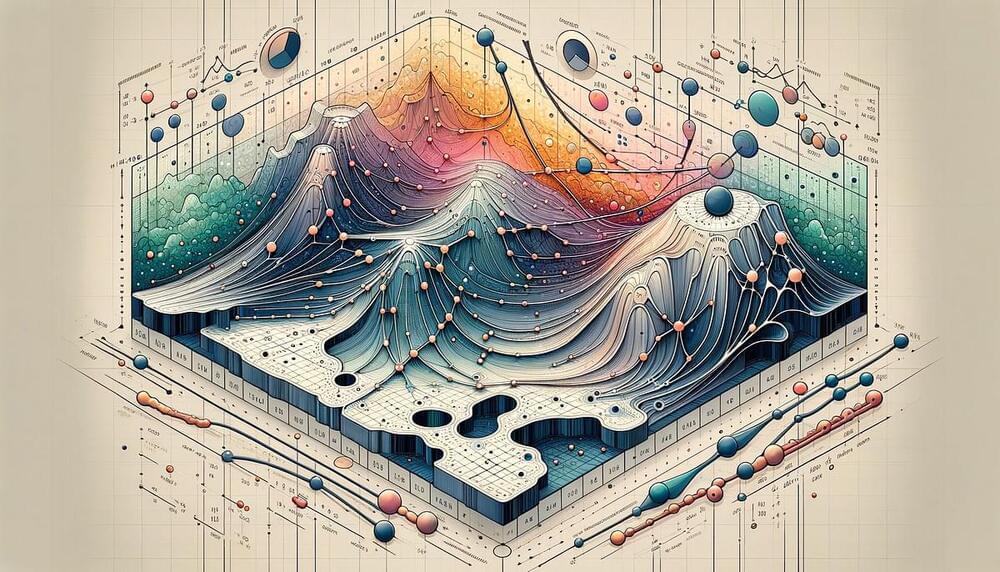
Guardian angels.
Film de Wesley Barryet Genre : Science-FictionDurée : 1h24Avec Dudley Manlove, George Milan, Don Doolittle A la suite d’une guerre nucléaire catastrophique, l’humanité a créé une race d’androïdes à la peau bleue pour l’aider à la reconstruction de la civilisation. Bientôt, les robots deviennent plus intelligents et plus humains. Afin d’enrayer leur évolution et de préserver leurs propres règles, un groupe de fanatique appelé “L’ordre de la chair et le sang” est créé. Les robots sont-ils vraiment à considérer comme l’ennemi de l’Homme ou bien sont-ils son dernier espoir?

TikTok built its empire off popular music — but now it’s losing access to a ton of it.
In a statement, Universal Music Group said it has chosen to “call time out on TikTok” to pressure the social network for better rules on artificial intelligence, online safety, and artist compensation for its roster, which includes such luminaries as Taylor Swift, Drake, and BTS.
“Today, as an indication of how little TikTok compensates artists and songwriters, despite its massive and growing user base, rapidly rising advertising revenue and increasing reliance on music-based content, TikTok accounts for only about 1 percent of our total revenue,” the statement reads.